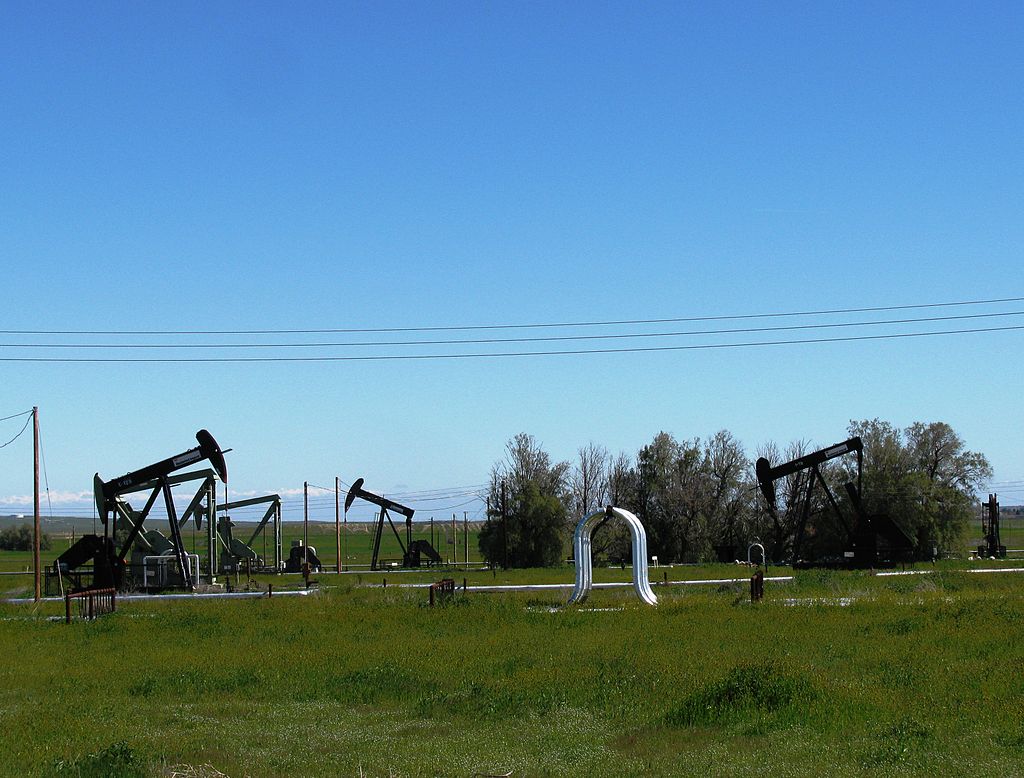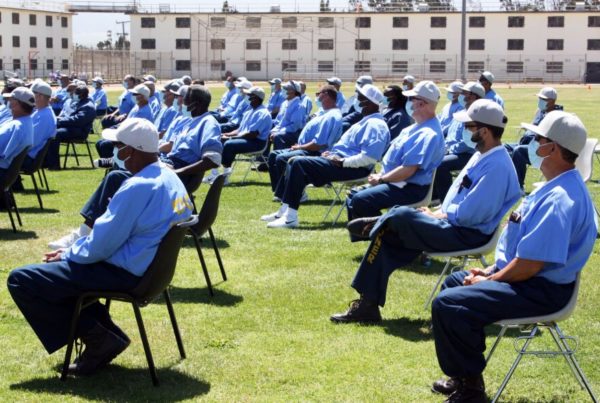The Railroad Commission of Texas, the agency that regulates oil and gas production in the state, suspended a kind of water disposal associated with hydraulic fracturing in the Midland area because of its links to earthquakes.
The tremors are usually small. But last week, people felt a medium-sized earthquake near Stanton, northwest of Midland. Liz Hampton, an energy reporter for Reuters, told the Texas Standard that regulators made the move to try to avoid an even larger quake. Listen to the interview above or read the transcript below.
This transcript has been edited lightly for clarity:
Texas Standard: We’re not talking about fracking per se. We’re talking about getting rid of the wastewater that’s used in fracking, right? And how does deep well injection differ from other forms of water disposal exactly?
Liz Hampton: In oil and gas production, as you mentioned, there’s an enormous amount of water that comes out. And operators in Texas and Oklahoma all over the place have to deal with this. And so a lot of them use these deep injection wells, which can go thousands of feet into the ground. And, for example, the ones that the Texas regulators shut down were below 10,000 feet. These are connected by pipelines and they carry this wastewater from oil and gas production to these injection sites. And they’re just as well that they put it into the ground to handle it.
Is there a consensus that this deep well injection method is what’s behind this seismic activity
Yes. Among the scientific community, among oil and gas regulators in different states and even among oil and gas companies themselves – they’re all largely in agreement that this is what is causing these earthquakes. There are fault lines everywhere. Oklahoma had this problem a few years ago where there was a deep water injection into a formation there, and that caused a lot of earthquakes. And when the oil and gas regulators shut down disposal into these deep wells, it dramatically reduced the frequency of earthquakes.
I know that when Oklahoma regulators decided to take action, there was a lot of pressure on Texas regulators to do the same. The fact that the Texas Railroad Commission – which oversees energy extraction operations – took this step is in an unusual step for them to take?
People I talked to in reporting on this story said ‘yes and no.’ The Texas Railroad Commission is very pro oil and gas, so they do not want to do things that are going to cost operators money. They don’t want to do things that could potentially shut down production. But what they’re dealing with here is a significant rise in earthquakes. And so they’re looking at the frequency at which these earthquakes are happening.
There’s a phenomenon called the Gutenberg-Richter Law, which says if there is a large number of smaller earthquakes, that is an indicator that there will be a smaller number of large earthquakes to come. And so they’re looking at over 2,000 magnitude 2.0 or higher earthquakes in a year, and that’s almost double from 2020, when oil and gas production declined because of the pandemic. They have to be aware that this could mean that there is going to be a bigger quake on the horizon. You kind of saw that with what happened in Stanton last week.
What does all this mean for oil and gas operators in the area? Can you continue to frack if you don’t have any place to put the wastewater as you once did?
It seems like it might potentially become a pretty big issue. If you are an operator who who is using injection wells that are already either shut down or that are being watched by the Railroad Commission. So one option would be to move your wastewater to a place where you can inject where there is a concern about earthquakes – the bare minimum. This will likely add cost for production for some operators who were affected by it. The other thing is there’s a lot of these companies that have popped up over the last few years that specialize in moving water. And so some of these wells that are either being shut down or that could be shut down as a result of the latest earthquake are fairly new wells. And so it costs $6 to $10 million to drill a well like this. And so that’s an investment that some of these companies have made that they may not get to realize the full value. The worst case scenario, if you’re an operator, is that you may have to choke back some production if you can’t find something to do with your water. And oil and gas prices are high right now. Oil’s around $75 a barrel. That’s the last thing that an oil company wants to do.














